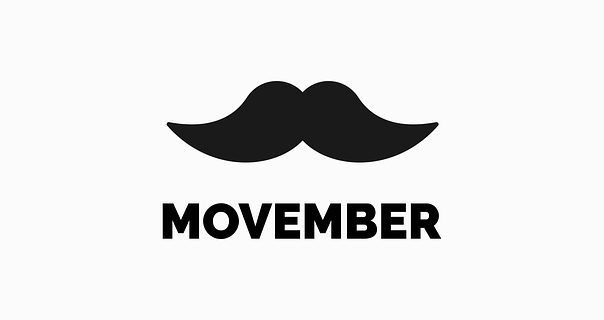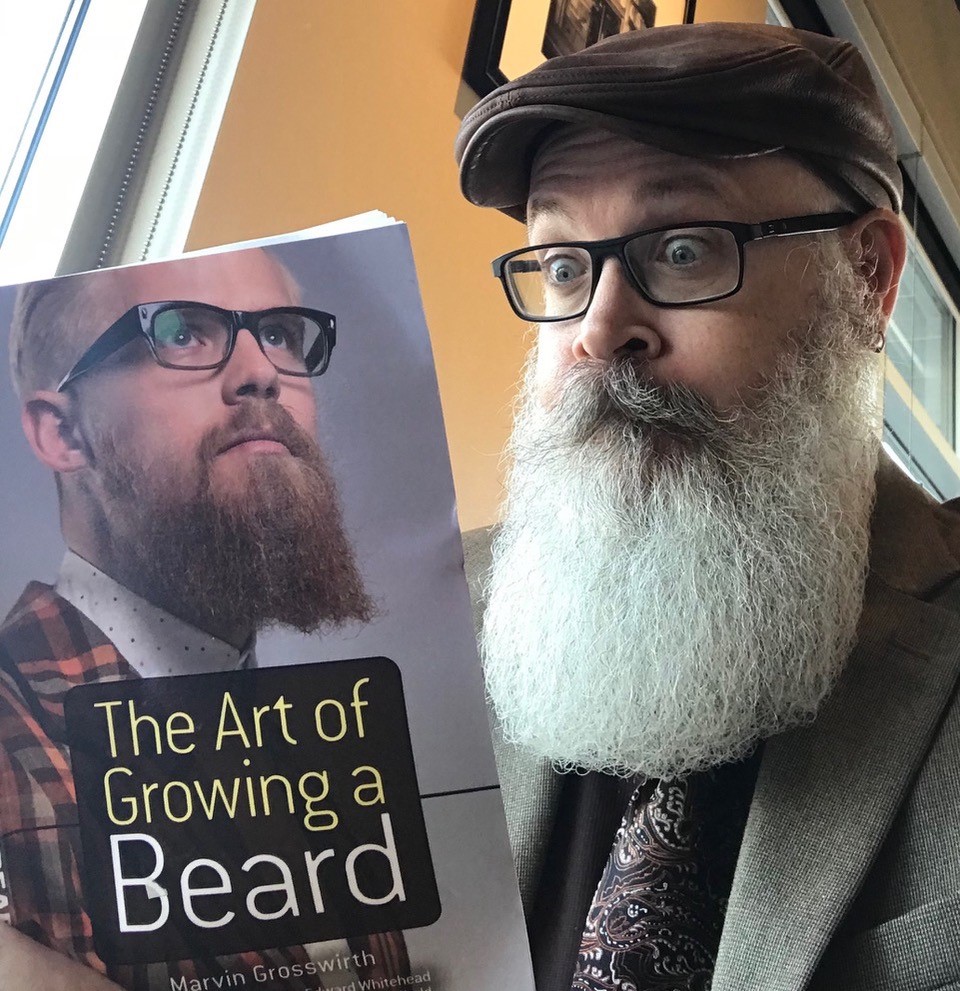
By
Christopher J. Schneider
November 2019
Print Version
What you need to know
Pogonotrophy refers to beard cultivation, including growth and grooming practices. This research focuses on the role of online media sites in disseminating information about pogonotrophy (i.e., growing advice, grooming techniques, style, etc.) and how social media has contributed to the growth of the beard industry and the “professional beardsman.”
Why this research is important
It was the internet that paved much of the way for amateur beardsmen to turn into so-called professional beardsmen. In the 2000s, Jack Passion established himself as a beard celebrity and parlayed his fame to market beard products online; he is sometimes credited as the first “professional beardsman.” Although genetics are generally acknowledged as the primary driver of beard growth, there is no shortage of information and advice on the internet that promotes the myth or idea that beard products cause growth (they do not). Nevertheless, this myth benefits beard entrepreneurs and their companies. In the early 1970s, according to Grossworth (1971) in The Art of Growing a Beard, just one brand of moustache wax was available on the market. There are now dozens of waxes, oils, and balms—an entire beard product grooming industry sold online.
How this research was conducted
An initial search of YouTube for the word “beard” returned more than four million results. To limit the volume of data, a subsequent search was filtered by “beard,” “channel,” and “view count,” returning the Beardbrand channel as the top result. With 1.3 million subscribers, Beardbrand is the most popular YouTube channel to feature beard-themed videos. Comments made to all videos with the word “beard” in the title (310 in total) were collected for analysis. This process netted a total of 62,061 comments. Conceptual and relevant data identified during the research process were sampled and categorized into three themes that were constructed from the analysis of comments.
What the researcher found
The first theme, the yeard quest, is a user commitment to grow a beard for a period of one year—a “yeard.” Beardbrand heavily promoted the yeard quest suggesting that viewers let it grow to see what they could grow, and imploring users to subscribe to their channel and return for new videos with grooming tips to help them on their yeard journey. User comments also encouraged and supported others on the yeard quest. The second theme, the ideal type, summarized what users believed a beard should look like (full and thick, like the Beardbrand models) and not look like (unkempt, bald spots, or deficient hair growth). Users regularly posted questions about the links between beard products like oils and facial hair growth—the belief was oils facilitated beard growth, possibly driving Beardbrand sales and the sales of other beard products. The third theme, how to beard, involved a range of advice on living with a beard, how to eat (neatly!) with facial hair, use beard oil, or how to trim, for example. This research finds that Beardbrand products, both literal oils, balms, etc., but also their cultural products (videos and interactions with users), serve primarily to drive the company itself, and the beard product industry more generally.
How this research can be used
This research, while it only trims the surface, supplies some preliminary understandings about the role of YouTube in fostering contemporary beard culture online. Analysis of user postings, for instance, provides some needed insight into distinctions between the so-called professional beardsmen and amateur beardsmen. The research findings can be used to assist in developing a more critically engaged audience of amateur beard growers and pogonophiles (lover of beards).
About the Researcher
Keywords
- beard
- pogonotrophy
- YouTube
Publications Based on the Research
Schneider, C. J. (2018). “I wish I could grow a full beard”: The amateur pogonotropher on the Beardbrand YouTube channel. Cultural Studies ↔ Critical Methodologies, 1-12. https://doi.org/10.1177%2F1532708618809723
CBC News. (2018, November 28). “Brotherhood of the Beard”: Inside online beard culture with a professor who studied it. https://www.cbc.ca/news/canada/manitoba/manitoba-beard-culture-professor-1.4924927
Quan, D. (2018, December 3). From Members of the Military to Pilots, Just About Everyone Can Grow a Beard Now. National Post. https://nationalpost.com/news/canada/who-said-beard-culture-is-dead-evidence-points-to-thriving-beard-brotherhood
Berzinksy, G. (2019, March 14). How YouTube Saved the Beard Trend | Greg BerzinskyBeardbrand https://www.youtube.com/watch?v=37ycSh3_vsM&t=37s
Editor: Christiane Ramsey Ramseyc@brandonu.ca
Editor: Christiane Ramsey
Read more BU Research
Research at Brandon University follows comprehensive policies designed to safeguard ethics, to ensure academic integrity, to protect human and animal welfare and to prevent conflicts of interest.

